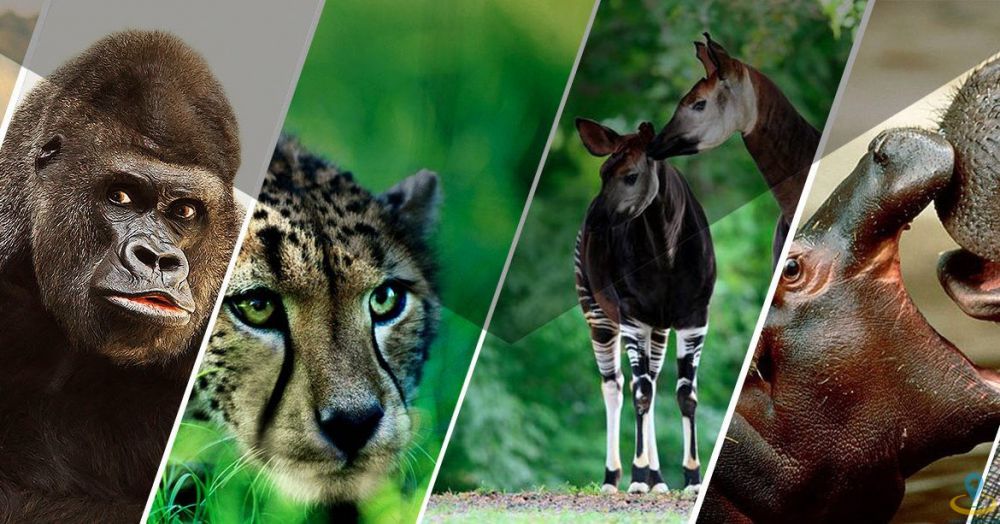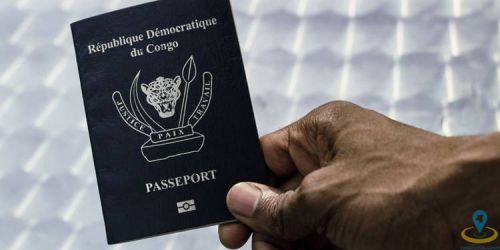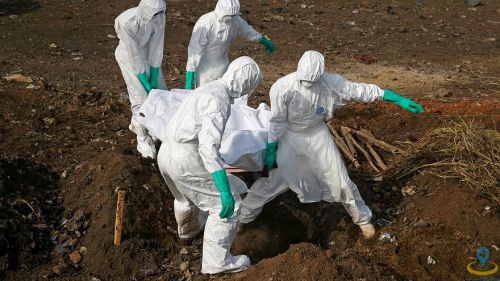DR. Congo Travel Information
27 July 2021

DRCongo Travel Information provides you with tips you need to prepare your trip to DR Congo. Congo Local Guides source of information are from officials and tourists experience we had in the past.
Visas
Many tourists traveling to Congo have mentioned that the entire visa process is much tough than in any other country. The easiest way to get your visa on arrival is to book for an activity in Virunga/Nyiragongo or Kahuzi-Biega Park.
DRCongo Travel Information about visa requirements here.
Health & Immunizations
To begin with, there are always notice of outbreaks of plague and hospital facilities outside of main cities are extremely rare. If planning to travel over land and over borders, you’re kindly advised to contact us to be informed in real time, or consult other travelers or border officials for further information.
-
Immunizations
It’s recommended to receive immunization at least ten (10) days prior to your arrival, failure to comply is a violation of DRC laws and regulations and will result in denied entry into the DRC. Vaccines required and recommended before departure. Vaccination against yellow fever is obligatory on your arrival in R.D.Congo.
Although not mandatory, Congo Tourism Board (Office National de Tourisme) recommends to carry out the following vaccinations according to your itinerary and the type of environments that you will mix with.
They include Hepatitis A and B; Meningococcal meningitis; Diphtheria; Rage (“adventurous” circuit); Tetanus; Poliomyelitis; and Typhoid. Check more information at Congo Tourism Board.
-
Malaria
Traveling inside DRCongo is very challenging when it comes to care about health. There’s a risk of catching malaria pretty much everywhere you travel in Congo. Therefore, you are recommended to talk with your doctor when planing your trip to Congo. Thereby, you have to clearly specify the country you are willing to visit for him to provide you with adequate medication. Alternatively, you can read about how to avoid malaria.
Check also what travelers say about us on TripAdvisor
Basics safety Rules to Travelers to DR Congo
-
Rebels attacks and Kidnapping
For your safety, never plan your trip outside of major cities without getting key information from border officials or your guide you are advised to always be traveling with.
-
When to Go
DRCongo Travel Information also provides you advice on when you can visit Congo. As a result of its immense territory, the climate varies greatly depending on zones. For instance, the southern high lands tend to be cooler and drier than the hot and muggy equatorial river basin. The wet season in north of equator runs from April to October, while the dry season covers December to February. Besides, In southern part, the wet season falls between November and March, and the dry between April and October. We often advise our tourists to carefully plan their trip to Congo as temperature and rainfall can be extreme. Besides, many specialists from tourism industry indicated that the best time to travel is between June and December as it’s globally cool and there are a lot of active animals out to spot.
Currency
The currency used in DR Congo is the CDF “Franc Congolais”. It often fluctuate comparing to USD and you are strongly advised to keep with you the maximum you need to survive in USD when in major cities. When you have to travel inside the country, keep with you 60 % of your cash in CDF and 40 % in USD. This prevent you exchanging your cash at poor rate, only when that appears to be a necessity.
For your kind information, ATM’s are only available in major cities and close to banks.
Getting to and from Congo
-
By land
Here is the link to the different borders and airports to enter Democratic Republic of the Congo
-
By Air
D.R.Congo main cities are open to international flights, Ethiopian Airlines and Kenya Airways being the most dominant. For local flight, the main are Congo Airways and Compagnie Africaine d’Aviation, actually with reputation of being safe.
Note: You’re strongly advised to book for airport/border pick up to ensure you remain time and cost effective. And if you’re departing, be prepared to pay a 50 USD airport tax for international flight and 25 USD for local flights.
Check also Walking Goma City tour
Traveling inside Congo
Moving from place to places is relatively easy, with buses and taxis commonly used as a public transport. However traveling outside of DRCongo’s main cities can be very challenging. It happens for some roads and bridges to be washed out and even main routes to be completely impassable. Furthermore, not all rural area are safe for travelers and can be revealed to be incredibly dangerous thanks to continued instability. This often explains why foreign missions – such as Foreign and Commonwealth Offices– advises their citizens to always be accompanied with a guide when traveling to Congo DR. Tourists in eastern DRC are often very vulnerable as result of trying to travel independently. Do not consider to be with marketing intent but we strongly care the safety of tourist traveling to Congo, as evidence of our TripAdvisor reviews.
DRCongo Travel Information share here below some other means of transport includes:
- By train: There are some railways connecting the South East to the North and the West part of Congo. Provided that you only need to experience something new and stressing, but we strongly advise our travelers against train trip. Their very old and unreliable, as evident of frequent derailments.
- By bus/trucks: Some buses are reliable but poor road infrastructure may complicate the trip mostly when it is rainy. Using trucks is more challenging, but in the past we had some tourists who just traveled to come experience these adventures. It may takes you a month or higher to connect Lubumbashi to Kinshasa. Our guides recently got stuck for a week in the jungle between Kindu and Kalemie.
- Motorbike: This is commonly used, it is time saving but the risk accident is high depending on where you will be travelling to and from.
- Renting a Car: This is the safest way of travelling outside of main cities. This gives you flexibility on stop point and help you managing what to see. In this case you have to plan your trip with Congo Local Guides Team to provide you with a time and cost effective plan.
- Boat and Ferries: Congo DR has so many rivers and lakes where you will need to use boat or ferries. In East for Example, there are reliable ferries to you to cross from Goma to Bukavu (or Idjwi and other surrounding regions). This is the same thing if you need to move from south Kivu to Tanganyika Province through Tanganyika Lake. But when it comes to navigate through Congo River, maybe from Kisangani to Kinshasa, you need assistance from our team in that area for them to help you boarding the reliable one, though it will take so long to reach your destination.
Check also Gorilla hiking and Niragongo Trek
Accommodation in DR Congo
Top end accommodation in D.R.Congo’s main cities often fluctuate over 200USD. This is generally very good quality, rigorous security, clean rooms and a wide range of food and drink options. Also lower price hotel and hostels exist but be sure that the paid amount will never reflect the expected value of service, mostly when you expect to get somewhere safe to store your backpack.
Congo Local Guides signed several contracts with local hotels to ensure we offer to our tourist a maximum of safety and security at an affordable price. Contracts cover a discount running between 20 and 40 % on room’s prices. However, this is actually for to Goma and Bukavu tours.
You can also book a cheap flight here
Clothing
DRCongo Travel Information recommends a light and practical wardrobe. Take light clothing in cotton, linen, gabardine or tergal depending on the season. Do not forget: hat, sunglasses with filter lenses, leather or canvas shoes (with leather or rubber soles). Also take a sweater because the evenings are sometimes cool, especially during the dry season (June, July). The hotels have woolen blankets. In the rainy season, do not forget the umbrella, a raincoat, elastomer boots because of the rainy weather.
Important to keep in mind:
When traveling in Congo some unexpected event may interfere in your trip plan:
- Poor infrastructure in the interior that may lead in changes to roads, rails or flight schedules;
- Delays, cancellation, break downs of vehicles, services, electricity, and communication;
- Tropical weather which halts or at least obstructs plan and transport;
- Solicitation of bribes;
- High price of facilities: hotel, foods, and logistics.
For our road trips, carry with you:
- Solid walking boots;
- Sunscreen and sun repair crème adapted to your skin;
- Snacks and dry foods for the road;
“One thing is true about your Trip in Congo: The experience will be worth it thanks to memorable experiences you will remain with and will always wish to live again and share with your friends. Sixty percent of our tourists has returned to D.R. Congo after their first visit.”


